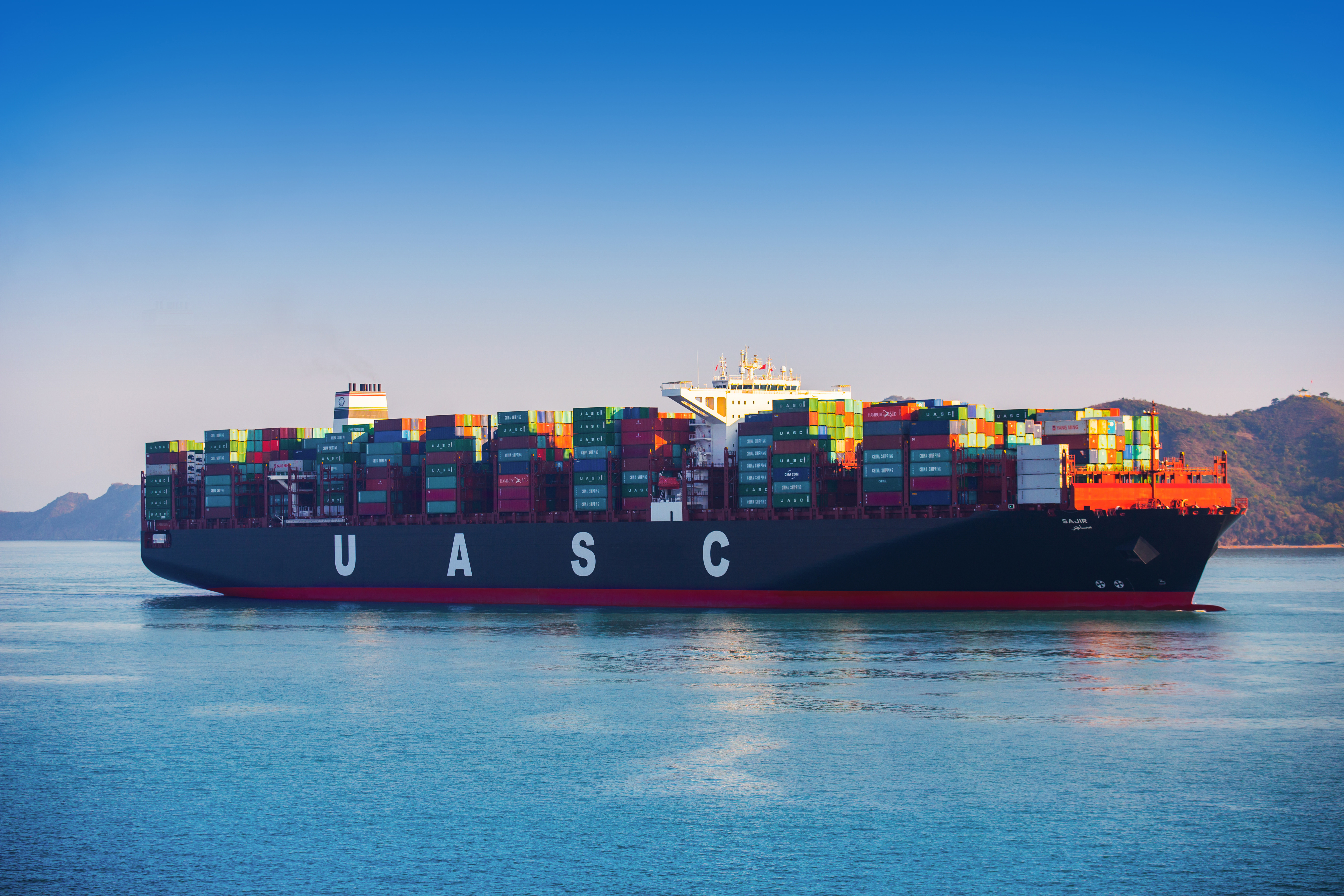
MSC has announced it aims to explore the viability of hydrogen and fuels derived from it as a possible fuel source for the future, while it is increasingly pioneering the use of biofuels within its existing fleet.
There is an urgent need for a range of alternative fuels at scale in order to decarbonise shipping, highlighted Bud Darr, MSC Group’s executive vice president, maritime policy and government affairs, at the Maritime Transport Efficiency Conference in Geneva, Switzerland, where MSC is headquartered.

The shipping company wants to move towards the International Maritime Organization’s (IMO) guidelines, which force shipping lines to decrease their carbon emissions by 30% by 2030 and 50% by 2050, compared to 2008 emissions.
The Swiss carrier said it is actively exploring and trialling a range of alternative fuels and technologies and is already actively bunkering biofuels at scale. In particular, MSC has proceeded with the large-scale usage of biofuel blends for container ships and is already bunkering up to 30% biofuel blends on a routine basis in Rotterdam, the Netherlands.
In the meantime, Lloyd’s Register has granted Approval in Principle (AiP) to Daewoo Shipbuilding & Marine Engineering (DSME) and MAN Energy Solutions for its ammonia (NH3) fuelled 23,000TEU container ship design.
Maersk has not confirmed the reports that it could be an early contender to order these new ships. However, the Copenhagen-based shipping carrier believes the best positioned fuels for research and development into net-zero fuels for shipping are alcohol, biomethane, and ammonia.
In order to reach those zero-carbon emissions levels, shipping lines have to pass a transitional period. That’s why Darr told the conference that fossil-sourced liquefied natural gas (LNG) remains a transitional option. “While carbon capture and storage, if perfected for marine use, could be useful,” he added.
In that perspective, the world’s largest class of container vessels, MSC’s Gülsün Class, was fitted at delivery in 2019-20 with the option to convert in future to LNG as a potential bridging fuel as part of the industry’s transition towards a zero-carbon future.
Similarly, we have seen some of the largest shipping companies making the same choice, selecting LNG as a transition fuel. Indicatively, French CMA CGM has significantly invested in LNG with the addition of its new LNG-powered fleet of nine 23,000TEU container vessels.

At the same time, Hamburg-based Hapag-Lloyd has announced the conversion of the 15,000TEU boxship Sajir to operate on LNG fuel. The German carrier has described LNG as “an interim” fuel rather than a solution to the IMO’s climate targets.
“LNG plays an important role in the energy transformation,” highlighted Rolf Brouwer, managing director of German LNG Terminal GmbH, a joint venture that aims to build and operate a multifunctional import and distribution terminal for liquefied natural gas in Brunsbüttel.
The German Shipowners’ Association (Verband Deutscher Reeder, VDR) has welcomed this new LNG project with its CEO, Ralf Nagel pointing out that “LNG was currently the only marketable fuel available with which the maritime industry could approach its climate goals.” He considers it is important in the long term that LNG technology will also enable the large-scale use of alternative “green” gases on board ships in an environmentally-friendly way.
“A ship’s engine running on oil-based fuels cannot be converted to ‘green gas’ without great effort and expense – but a dual-fuel or LNG-capable engine can,” explained Nagel, who went on to conclude, “that’s why we should impartially discuss and carefully weigh up the use of LNG to power large sea going vessels – and by all means develop the supply logistics for this at our location.”

Another energy transition move worth-mentioning is the renewable energy project by two North Sea Port major customers. Ørsted, the largest offshore wind farm developer in the world, and Yara, a fertiliser producer, want to create green ammonia based on renewable hydrogen.
Green electricity from the wind farms off the coast of Zeeland, can be used to produce CO2-free hydrogen in the 100MW electrolyser to be installed at Yara Sluiskil, explains North Sea Port in its announcement and adds, “this renewable hydrogen will substitute hydrogen from fossil sources for the annual production of some 75,000 tons of green ammonia.”
If all procedures and applications proceed as desired, the final decision for the construction of the new plant will be made late 2021 or early 2022, according to the European port, who pointed out that the project will lead to an annual reduction in CO2 emissions of 100,000 tonnes.
Furthermore, Darr emphasised on the critical role of partnerships “from both the perspective of technology collaboration and procurement.” Industry partnerships could accelerate the development of clean hydrogen for the benefit of the entire container shipping industry, according to MSC.
Despite some significant challenges to overcome mainly related to density, volume and safe handling, the company said it is in favour of further Research and Development (R&D) efforts to produce it in a greenhouse gas (GHG) neutral way and to develop it at scale, along with other fuels that may derive from it.
“MSC contributes actively to the work of industry groups and associations and supports their proposal to the IMO to create a new R&D fund to support GHG reduction in the maritime sector,” stated the company.
The major shipping line believes there must be a massive injection of energy and capital into R&D efforts to bring alternative fuels and alternative propulsion technologies to the marketplace.
MSC also mentioned that it is engaging with potential vendors to investigate new solutions that would help to minimise and one day, to eventually eradicate CO2 and other GHG emissions from shipping fleets.
Antonis Karamalegkos
Editor








